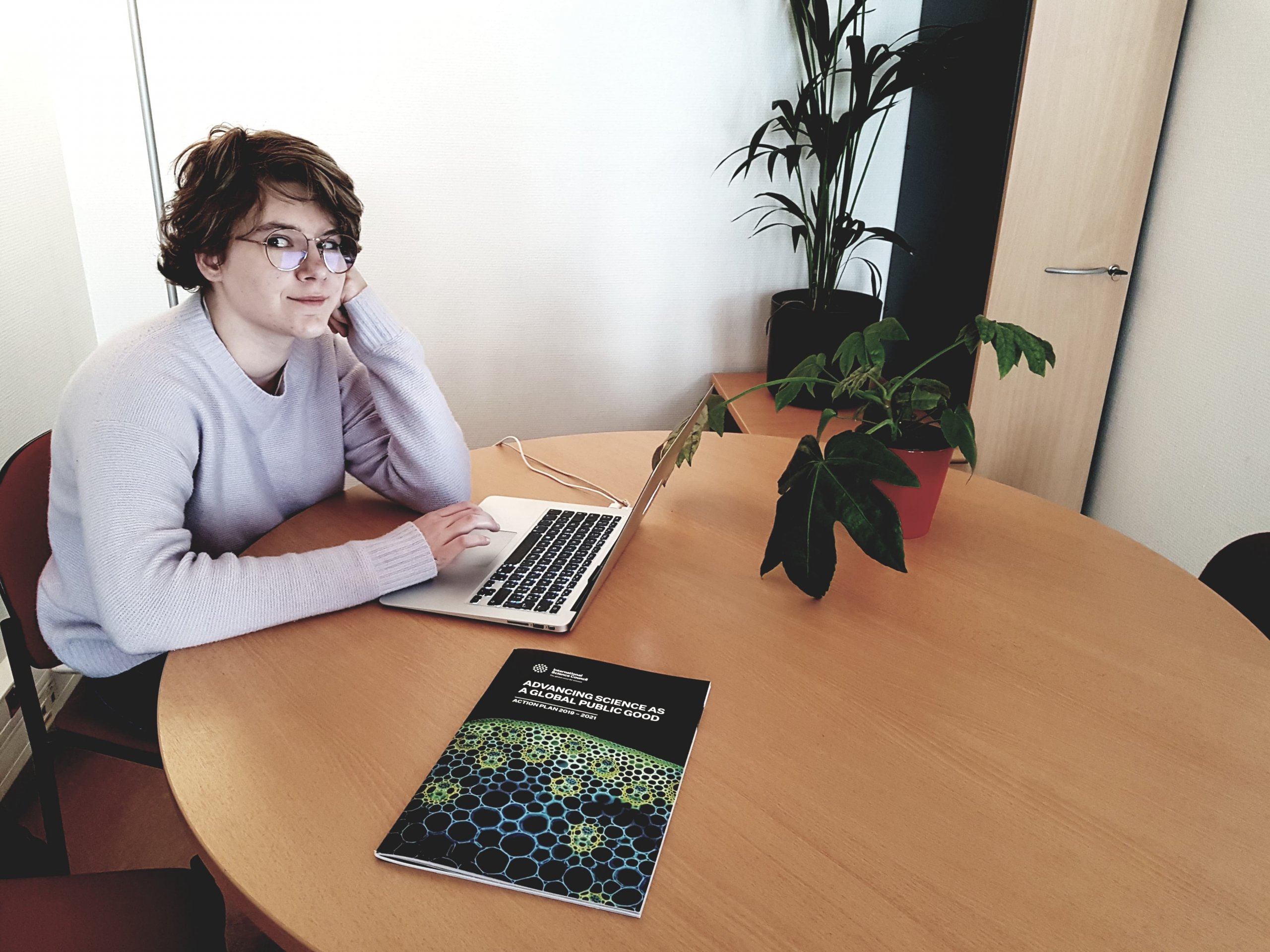
It’s a new era for women. Nowadays, us girls grow up hearing we can do anything, be anything. And yet, there is still not enough women in science, technology, engineering and math (STEM) to create equality. Only 29% of STEM jobs are occupied by women. Why? Girls have just as much potential, and just as much interest in STEM as boys do. It’s simple. Unconscious gender bias. People don’t even realize that they’re doing it. Helen Chiang, who is studio head for the Minecraft franchise, said that, when she was in school, “it wasn’t popular for girls to be smart or interested in challenging subjects within STEM.” There are social and cultural barriers that often keep girls form entering STEM subjects and careers. Popularity is one of them. Another is the pressure to prove themselves in a room filled with men, whilst being seen as an outsider.
I feel that girls and boys, when they’re young, are all interested in STEM. Kids want to build and create. But, as time goes on, it becomes less and less equal. Girls aren’t encouraged in the same way as boys, and, when being advised on careers, girls are often told they shouldn’t study STEM. Lack of support from parents and teachers is discouraging. A lack of female role models in the field they’re interested in doesn’t help, either.
John Sheehan, a partner architect on the Microsoft Windows project, has a young daughter who is interested in math. He comments that, though she enjoys math, she stopped trying as she got older. He says that there was an “underlying feeling society was telling her that boys where better at math”. Chiang says that she “went through a period of wondering whether (she) should pretend to not understand subjects or dumb myself down so that (she) would be liked.” Girls face immense social pressure, not only to be perceived as ‘feminine’ but also to prove that they are worthy, and that means they have to work twice as hard in their classroom or workplace then their male counterparts. Girls “feel great pressure to prove their professional worth repeatedly”, or even that employers automatically assume they’re not going to cut it.
I believe that women and girls are just as capable as men, and that empowering young girls is incredibly important if we want to create a sustainable future for our planet.
Sofia Andersson
One of the main points of gender equality that people always bring up is the wage gap. This extends into STEM as well, and female engineers earn 16% less on average than male engineers dong the same job. This discourages young girls from pursuing a career, and reinforces the idea that women aren’t as good as men in STEM domains.
But what are the consequences of fewer girls in STEM? To list a few: in lab experiments, male rats are almost exclusively used, meaning the results can never really apply to women; medical researches study men, and don’t realize that women’s bodies could react differently; the first generation of airbags were built to protect adult men, meaning that women and children would die from impact. In short, most of these could have been avoided if there where women amongst the researchers and subjects.
So how do we get rid of these barriers? How do we change the system? Like the problem, it’s a simple answer but executing is difficult. We must address the bias. We must try to transform the system to recognize the bias. We must give young girls interested in STEM a safe and supportive environment to explore that curiosity, be it at school or at home. We must show them role models, so that they know what they want to do is possible, and that it can be achieved.
This is especially relevant today, with the re-entry to Earth of NASA astronaut, Christina Koch, who said that she wanted to inspire the next generation of women space explorers after growing up with few female heroes. Koch and her colleague, Anne McClaine, were not able to complete a space walk together on schedule due to NASA not having space suits for two women, reminding us that space is still a boys’ game.
Not so, according to Nichelle Nichols, an actress and NASA diversity and recruitment collaborator, who says “Science is not a boy’s game. Science is not a girl’s game. It’s everyone’s game”.
I believe that women and girls are just as capable as men, and that empowering young girls is incredibly important if we want to create a sustainable future for our planet.
The International Day of Women and Girls in Science: Addressing and Transforming the Gender Gap will take place at UNESCO, Paris on 11 February 2020.